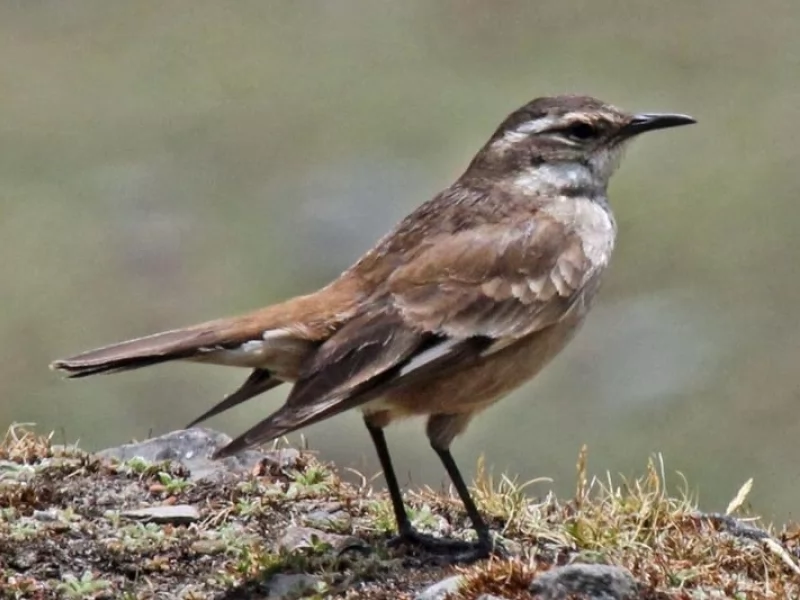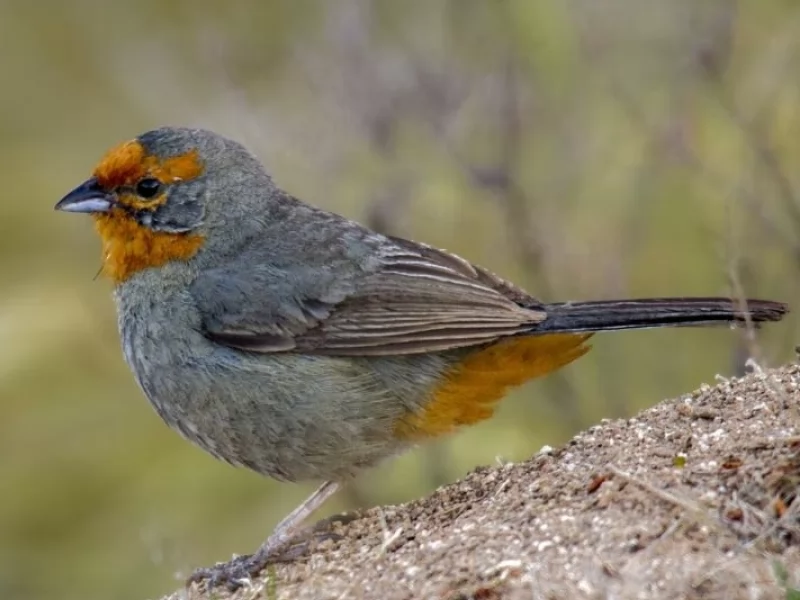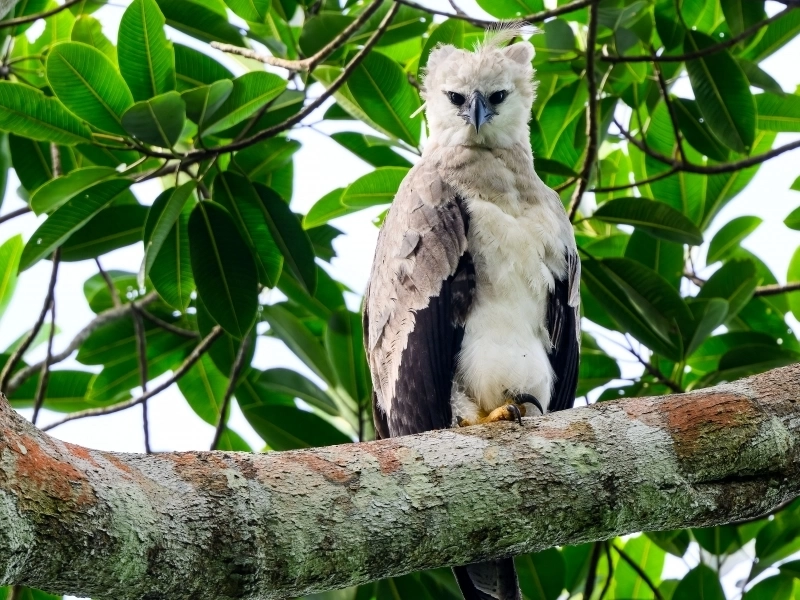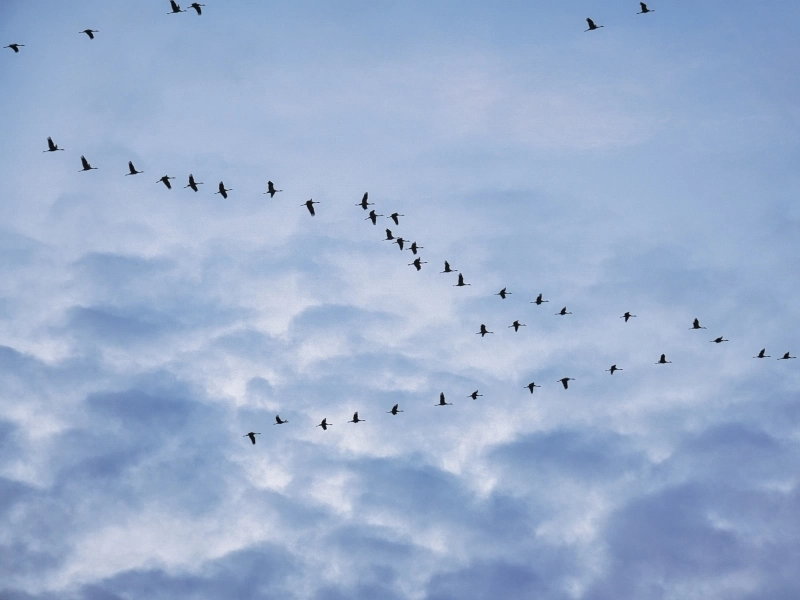News and Testimonials

Endemic Birds Of Argentina
Argentina is endowed with more than 1000 species of birds with just a few of these being endemic. The Argentinean environment offers ideal habitats for this variety of avian species in the northern sub-tropical region, the central grasslands, the western mountains, and the territorial waters.
September 5, 2022
Most of these endemic species are facing constant threats to their populations, especially as a result of habitat loss. Protected areas for some of these birds have been put up within the natural habitats, especially in reserves.
The White-Headed Steamer Duck
The white-headed steamer duck is a flightless bird endemic to Argentina mainly along the coastal stretch Chubut and Santa Cruz. The body of the steamer duck is dark gray with a lighter gray shade on the head. Its bill is pink and has reduced size. The bird is vulnerable due to the limited habitat.
The Sandy Gallito
The Sandy Gallito has been designated as a least concern bird species that is endemic to Argentina. The sandy gallito is found mainly in the subtropical to tropical scrublands in the Andean slopes. The adult Sandy Gallito has a cinnamon colored head and upper body and a blackish tail. The bird feeds mainly on arthropods which forage entirely on the ground. The bird moves speedily from bush to bush trying to stay inconspicuous. Their breeding season occurs between November and February. The Sandy Gallito is a sedentary bird without recorded migratory patterns.
The Cinclodes
The Cinclodes is a genus of terrestrial birds found in the Andean forests with solidly build legs and a stout body with a pointed beak that curves downwards. The genus includes the Cordoba cinclodes and Olrog’s cinclodes. The birds are mainly found near streams in the mountains or along the shores. The cinclodes forage in their habitats for small invertebrates.
The Salinas Monjita
The Salinas Monjita is an endemic species found on the saline flats of Argentina. The Salinas Monjita is closely related to the rusty-backed Monjita except for the coloration of their bodies. The rusty-backed monjita has brownish color with a white heavily streaked underside while the Salinas are unstreaked on the underside. The Salinas forages on the ground for insects. The bird stays in pairs or flocks of about 50 characters in winter in their scrub habitats with salty soils. The rusty-backed monjita is common in dry scrub lands. The Salinas wander around its habitat with no recorded migratory pattern while the rusty-backed monjita migrates in large flocks. The two are threatened by habitat loss and degradation making them near endangered species.
The Finch Species
The cinnamon warbling finch, Tucuman Mountain flinch, and the Monte yellow flinch are endemic birds of Argentina in the Thraupidae family. These birds are identified as least concern species with their major threat being habitat loss. The typical habitats for these birds are mainly the tropical and subtropical shrublands found in high altitudes, the woody shrubs of the Argentinean Andes and former forests that were heavily degraded.
Protecting The Endemic Birds Of Argentina
Argentina has made an effort towards the protection of her birds by establishing protected areas. The issue of habitat degradation through unsustainable human activities such as deforestation and agriculture need to be regulated and checked to ensure that the habitats of these birds are preserved. Argentina’s other endemic birds are the carbonated Sierra Finch and the yellow-striped brush finch, Patagonian Canastero and Steinbach’s Canastero, the White-browed Tapaculo and the bare-eyed dove.
Source:https://www.worldatlas.com/articles/endemic-birds-of-argentina.html







